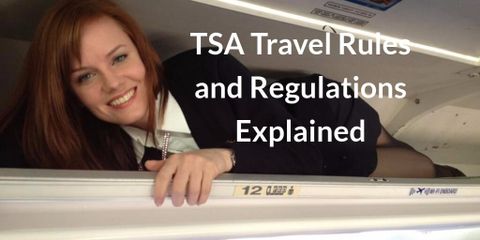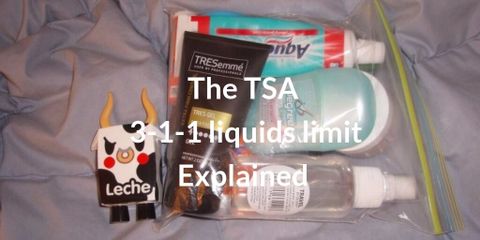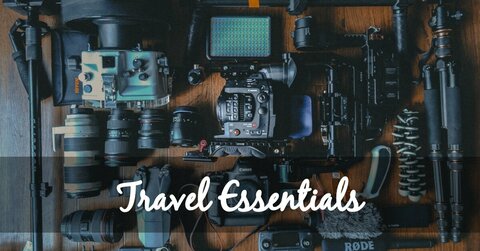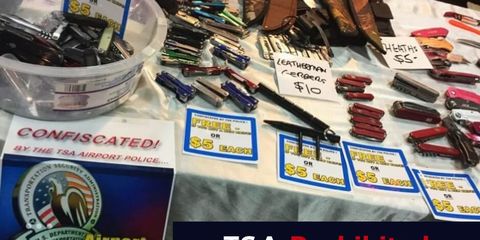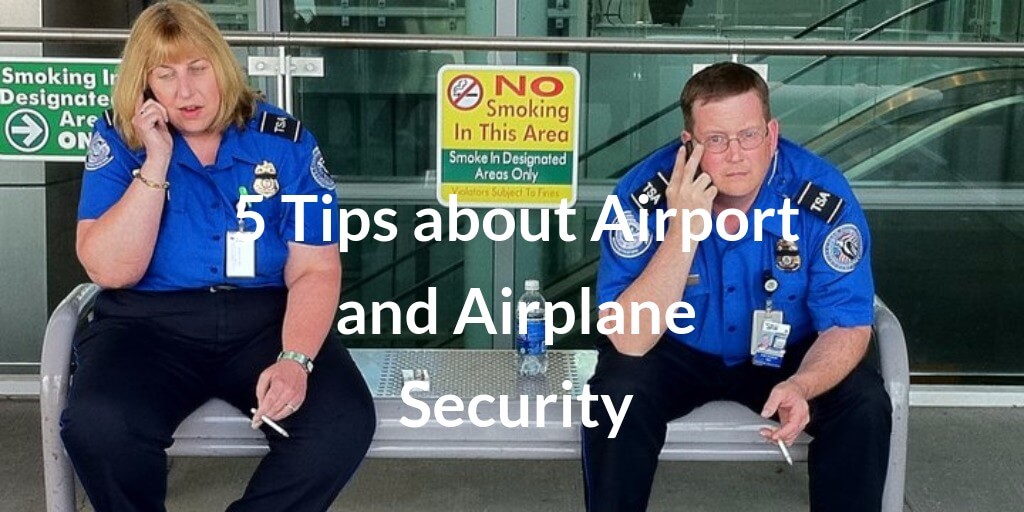
Trouble Free Flying - 5 Tips About Airport and Airplane Security
We may all love traveling, but the reality of today’s world is that there are security risks, especially if you are flying. It’s best to know what to do to keep yourself and your family safe.
General rules for flying
The TSA (Transportation Security Administration) was set up in the USA following the 9/11 attacks in New York. The mission statement of the TSA is to “Protect the nation’s transportation systems to ensure freedom of movement for people and commerce”.
The rules at airports are the result of the TSA wanting to protect everyone from potential or real threats to their safety. We might remember this when we are irritated by what seem to be arbitrary requirements.
The TSA gives the following 5 general rules for airport security:
- Apply for a trusted traveler program such as TSA Pre✓®, Nexus or Global Entry
- Carry valid identification and make sure the name on your identification document matches your boarding pass
- Check for prohibited items
- Arrive early – 2 hours before take-off for domestic travel and 3 hours for international flights
- Prepare for security checks at the airport
Let’s have a look at these rules in a bit more detail.
Apply for a trusted travel program
Getting through airport security can be tedious:
- queueing for hours,
- sorting through the liquids in carry-on bags,
- removing shoes, belts, and jackets,
- unpacking laptops and other electronics,
- moving through a body scanner
- and perhaps having a pat-down inspection.
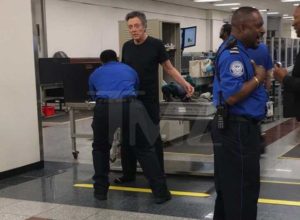
You might wonder why the security staff doesn’t spend more time identifying the real criminals instead of treating innocent holidaymakers like criminals! They have a huge problem on their hands, though, as they screen up to 2,5 million travelers per day, nationwide.
Luckily there’s a solution for you. Register yourself for the TSA pre-check program. You can apply online, then go for a 10-minute background check at an appointed center. You provide your biographical details and fingerprints and TSA checks your risk profile before you arrive at the airport. If you are a low-risk passenger you can use your TSA Pre✓® credentials for the fast queue and you will not even have to remove your shoes or belts. The statistics show that 95% of pre-checked passengers waited for less than 5 minutes.
For international travel, join the Global Entry or Nexus programs. Global Entry is for travelers coming into the USA from abroad, and the Nexus program is for USA-Canada travel.
Check on whether the airport you are using has this facility. And remember that TSA reserves the right to change its procedures at any time and may do random checks, even if you have been pre-cleared.
Have proper identification
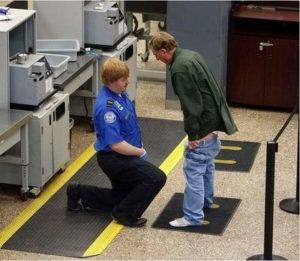 The most important rules here are that you must produce a valid identification document and that the name on your boarding pass must exactly match this document.
The most important rules here are that you must produce a valid identification document and that the name on your boarding pass must exactly match this document.
It’s very easy to make a mistake. For example, your name may be Robert, but everyone calls you Bobby and you book online using Bobby. You may not be allowed onto the plane if your ID document says, Robert. The same applies if you have a second name – you must book online with the names exactly as they appear on your official identity document.
Check the list of accepted identification documents here. Also note that there will be changes to these requirements from January 22, 2018, so keep checking.
New biometric technology is in the pipeline where your fingerprints will serve both as your identification and your boarding pass.
Check for prohibited items
It’s important to check on what you may not carry with you.
Some items are obvious: 
- Sharp objects like knives, blades, scissors, tweezers
- Firearms: Guns and ammunition
- Flammables – especially ones that look like bombs! It includes gel paint and sprays paint; all types of fuels or gasoline; bleach and chlorine; tear gas; and batteries containing a liquid that can spill.
- Tools, like hammers, screwdrivers, chisels
- Medical items, like syringes, pills
We might wonder about the prohibition on items such as walking sticks, food, sports and camping equipment, and even some cosmetics. And, of course, you must also meet the so-called 3-1-1 rule for liquids and gels.
Check online and with the TSA official at the airport if you are not sure. You might also qualify for some exceptions, for example for medical reasons or if you are traveling with a baby or toddler.
The latest prohibition, since March 2017, is for laptops as carry-on luggage. This is in response to terrorists hiding explosive devices in electronic equipment.
Remember that the TSA official can make the final decision about whether an item will be allowed past the checkpoint or not.
You can get a bit more details about prohibited items here.
Arrive early
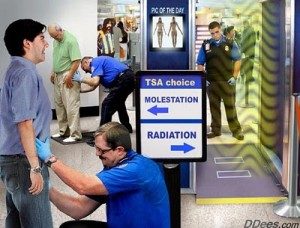 There are several reasons for this. The airline knows whether they have a full flight or not and whether they can deal with people on the standby list.
There are several reasons for this. The airline knows whether they have a full flight or not and whether they can deal with people on the standby list.
From a security point of view, the early arrival means that there is sufficient time for TSA staff to undertake the necessary checks – not just of the passengers and their carry-on baggage, but also of the checked in baggage.
We can thank Richard Reid, “the shoe bomber”, for the rule of taking off our shoes. In 2001 he tried to set off explosive devices hidden in his shoes on a flight from Paris to Miami. Or we might be subjected to a pat-down search, thanks to Umar Farouk Abdulmutallab, who tried to blow up a flight between Amsterdam and Detroit with an explosive device hidden in his underwear.
Prepare for security checks at the airport
The most important things to remember here are: 
- Have your identification document and boarding pass ready for inspection
- Remove electronic equipment like laptops or iPads from their bags and place them into the baskets for screening
- Take off your watch, belt, keys, jewelry and any other metal item that will set off the alarm, and place them with your phone and carry-on baggage onto the conveyor belt for screening
- Take out your 3-1-1 compliant bags of liquids and gels – and declare anything else that may be permissible, such as items for babies or those you are carrying for medical reasons
- Check in your bags rather than taking them as carry-on. (Note that there might be a security reason for this, but you might also want to be aware of new requirements for low-cost flights in several airlines including American Airlines, where you must pay about $25 for the privilege of placing anything into the overhead storage bins.)
So, know the rules and have a great summer holiday!
Written By Kate Mark

Kate is a mid-lifer who quit a growing corporate career to reawaken her passions and her lifelong dream of traveling the world.
